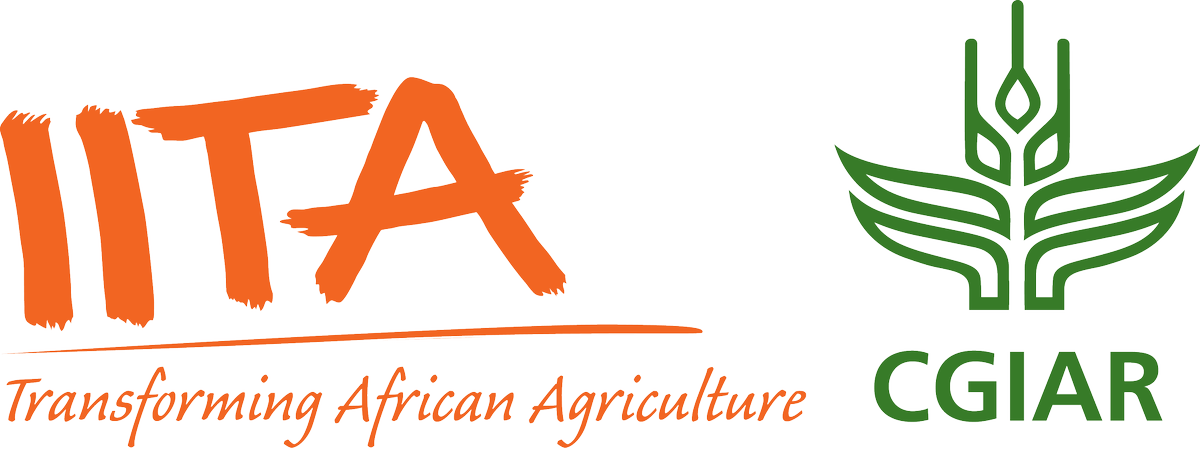Welcome to the International Institute of Tropical Agriculture Research Repository
What would you like to view today?
Remotely sensed spectral indicators of bird taxonomic, functional and phylogenetic diversity across Afrotropical urban and non-urban habitats

View/
Date
2025-01Author
Awoyemi, A.G.
Alabi, T.R.
Ibanez-Alamo, J.D.
Type
Review Status
Peer ReviewTarget Audience
Scientists
Metadata
Show full item recordAbstract/Description
Urban areas are quickly expanding around the world, promoting deep changes in biodiversity. However, certain biogeographic realms, like the Afrotropics, are clearly understudied despite urbanization overlapping with their biodiversity hotspots. A commonly highlighted reason for the lack of information from the Afrotropics has been the logistical problem associated with data collection in the field. Recent advances in satellite remote sensing imagery offer an excellent opportunity to revert this situation, enhancing the understanding of urban impacts on biodiversity. The Normalized Difference Vegetation Index (NDVI) is the most commonly used remotely sensed spectral index (hereafter: indicator) despite several studies showing its limitations and advocating for the use of alternative indicators. Thus, this study identifies the best indicators of bird taxonomic, functional, and phylogenetic diversity in Afrotropical urban and non-urban areas. To do so, we sampled birds at 400 points equally distributed across eight Nigerian areas, two vegetation zones (rainforest vs savannah), and two habitats (urban vs non-urban), and extracted 29 indicators (mean and SD) at 50-m radius of each point (exact area of bird censuses). Random Forest Regressions and Generalized Linear Mixed Effect Models were used to identify the topmost ranked indicator of each avian diversity component, and its variation between urban and non-urban areas. The Modified Chlorophyll Absorption Ratio Index (MCARI) was the best indicator of taxonomic and phylogenetic diversity, while the Normalized Difference Water Index II (NDWI2) and Soil Adjusted Total Vegetation Index (SATVI) got the most support for functional diversity and phylogenetic divergence, respectively. In most cases, NDVI ranks very low (occupying the 25th percentile), not supporting its use for monitoring avian diversity in the Afrotropics. MCARI and NDWI2 showed different associations with taxonomic and functional diversity depending on the habitat, highlighting the need for considering urban areas differently while using these indicators. Our study provides useful tools to remotely monitor Afrotropical avian diversity, particularly in expansive, inaccessible or insecure areas, which could also be more cost-effective.
https://doi.org/10.1016/j.ecolind.2024.112966
Multi standard citation
Permanent link to this item
https://hdl.handle.net/20.500.12478/8652IITA Authors ORCID
Adewale G. Awoyemihttps://orcid.org/0000-0002-6573-0253
Tunrayo Alabihttps://orcid.org/0000-0001-5142-6990
Digital Object Identifier (DOI)
https://doi.org/10.1016/j.ecolind.2024.112966
